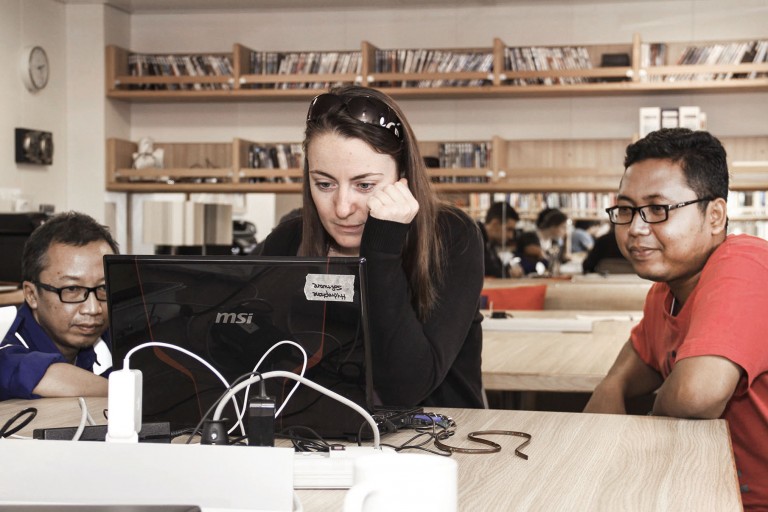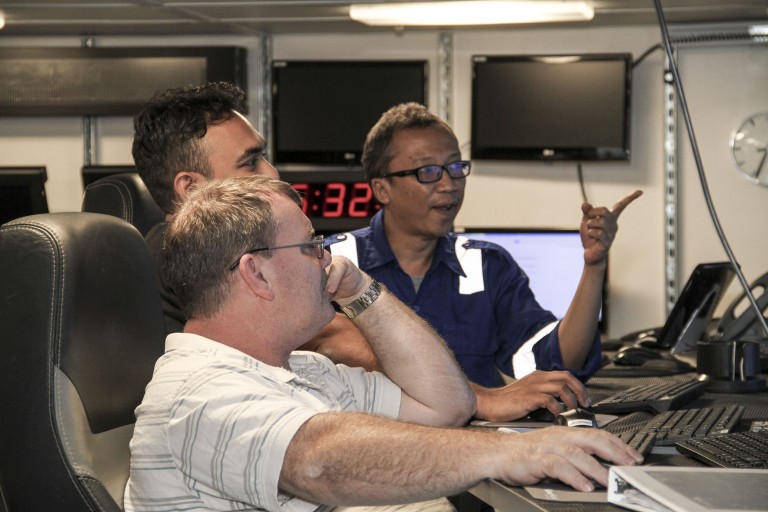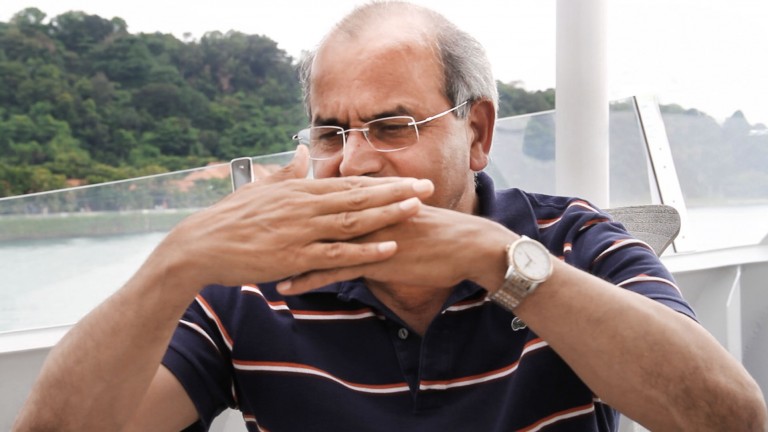
Prepare for the Inevitable
An earthquake’s sudden, violent burst of energy takes over in a matter of seconds, seemingly out of nowhere. Those who have experienced such an event can tell you that in that time of terror, little feels safe or certain. One thing that can provide a small bit security in the midst of such an event is the confidence that your dear ones are safe and your country is prepared. Measures like strict seismic building codes, strong emergency-relief institutions, organized and informed citizens all contribute to better planning.
“Give me six hours to chop down a tree and I will spend the first four sharpening the axe” – Abraham Lincoln.
Preparation is paramount to mitigating the devastating effects a natural disaster can produce. And in order to prepare, knowledge is essential. But when an earthquake takes place deep underwater creating a tsunami, our knowledge can prove insufficient, with disastrous consequences.
In December 2004, a 9.3 earthquake originated off the island of Sumatra, Indonesia. It generated waves of up to 25 meters high, taking the lives of more than 230,000 people and causing billions of dollars in damages. To this day, people are still trying to recover from its effects. The National Oceanic and Atmospheric Administration (NOAA), amongst others, conceded that the lack of an effective tsunami warning system contributed to the huge death toll.
That earthquake measured the third strongest in recorded history, and the tsunami that followed was the deadliest in history. This event was by no means the first, and will certainly not be the last earthquake/tsunami combination to strike the area. The region west of Sumatra is the most seismically active place on our planet. It is particularly prone to tsunami-generating earthquakes and holds some of the most populated coasts in the world. Therefore, our lack of understanding about tsunamis, as well as how they relate to underwater earthquakes and volcanoes, becomes incredibly alarming.
Tsunamis are not easy to spot by people on the coast. There are some subtle warnings: an unusual sea-level fluctuation, a roar, some shaking perhaps. But they do not look or break like regular waves. The destructive force of a tsunami comes not from the height of the wave, but from the volume of water that is moving. The ocean floods the coast, then quickly withdraws and comes back again. Since tsunamis do not give clear warnings to people on the shore, it is very important to identify tsunami-generating earthquakes and model what kind of waves they are able to create. This can give to warning coastal communities and mobilize emergency-relief teams on time.

Where to Start?
According to expert Vasily Titov, director of the National Oceanic and Atmospheric Administration Pacific Marine Environmental Laboratory, Center for Tsunami Research in Seattle, there is a 100% chance of another earthquake such as the one that created the devastating 2004 tsunami. But where will it generate? How strong will it be? How can we prepare?
One specific area, known as the Mentawai Gap, is locked between two 8 meter-high sections of the subduction plate – a tectonic layer that is going beneath a convergent tectonic layer and has not released any of its stored energy for over 200 years. This locked patch of the Sumatra subduction zone is likely to produce a giant earthquake and tsunami in the coming decades. This is where a team of geophysicists will conduct a series of unprecedented studies in order to understand tsunami-generating earthquakes in general, and how the Mentawai Gap could unleash a new tsunami in the near future.

To do so, leading experts from the Earth Observatory of Singapore and the Institute of Physics of Paris Globe will conduct the Mentawai Gap-Tsunami Earthquake Risk Assessment (MEGATERA) through a series of high-tech studies on board of the Schmidt Ocean Institute’s research vessel R/V Falkor. Some of the research will include:
- Bathymetric maps: Using R/V Falkor’s multibeam sonar system, the scientists will create precisely detailed imagery of the underwater relief. They will compare the sites that are thought to have created past earthquakes with the Mentawai Gap, which is expected to produce a mega-earthquake in the coming years.
- High-resolution seismic reflection data: Through applied acoustics, the scientists will generate seismic waves, then measure the time it takes them to travel to different layers of the seafloor before reflecting back up. By knowing the speed and direction of the waves, they will reconstruct the seismic sub-bottom and the pathway of the coming earthquake.
- Inundation model: The results of the different surveys will be combined in order to create an inundation model, clarifying how the wave would approach the coast.
Creation of a baseline for future events: By understanding the tsunami-creation process and the geological signatures of past earthquakes, scientists will be able to create a reference for estimating future earthquakes’ slip (how much will the tectonic plates move).
The Mentawai Gap has been storing energy for centuries. When it does release, the knowledge being produced from the Mentawai Gap-Tsunami Earthquake Risk Assessment could mean the people of the 14 countries previously struck by the 2004 tsunami will find some comfort knowing their loved ones are safe and their countries are prepared.

